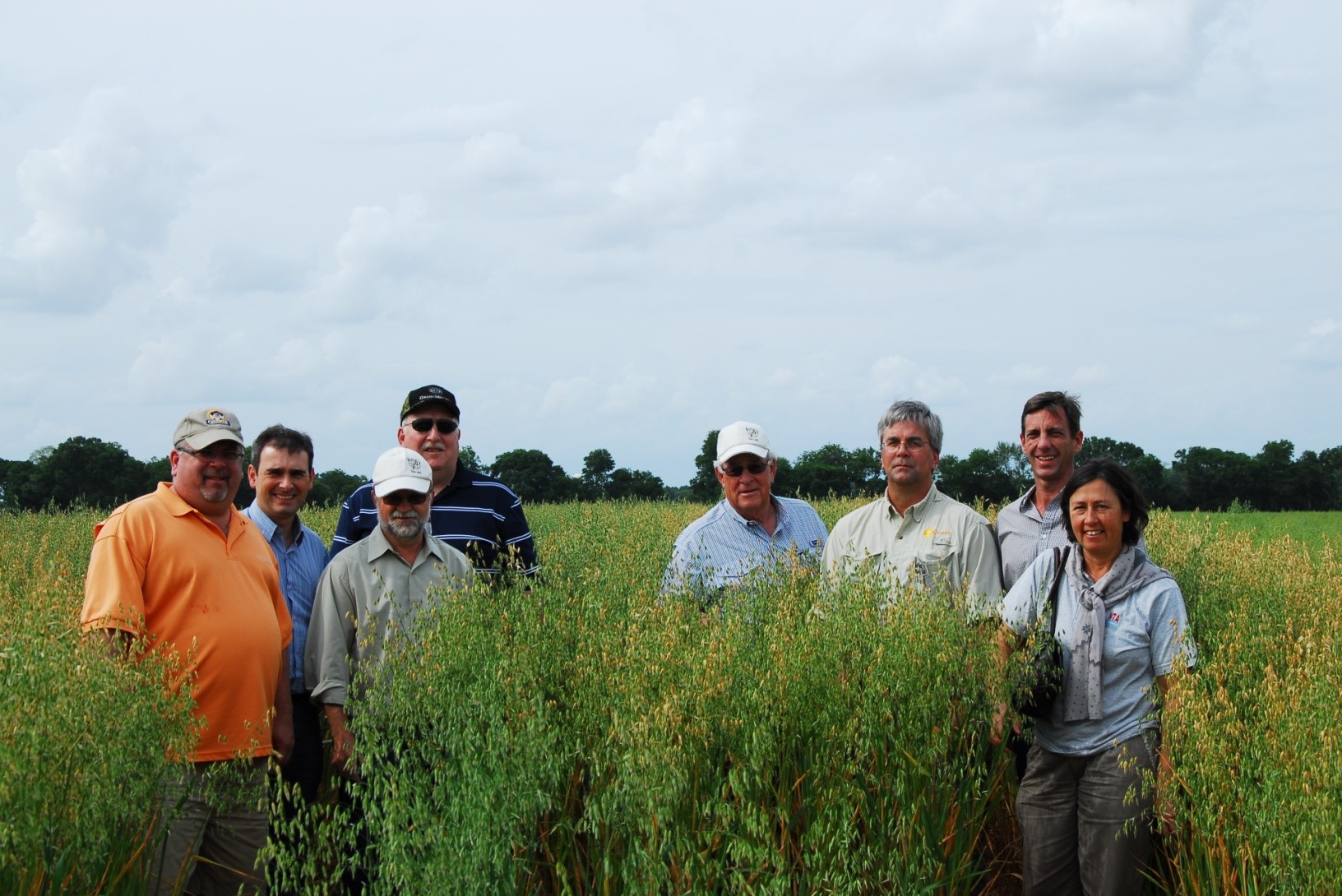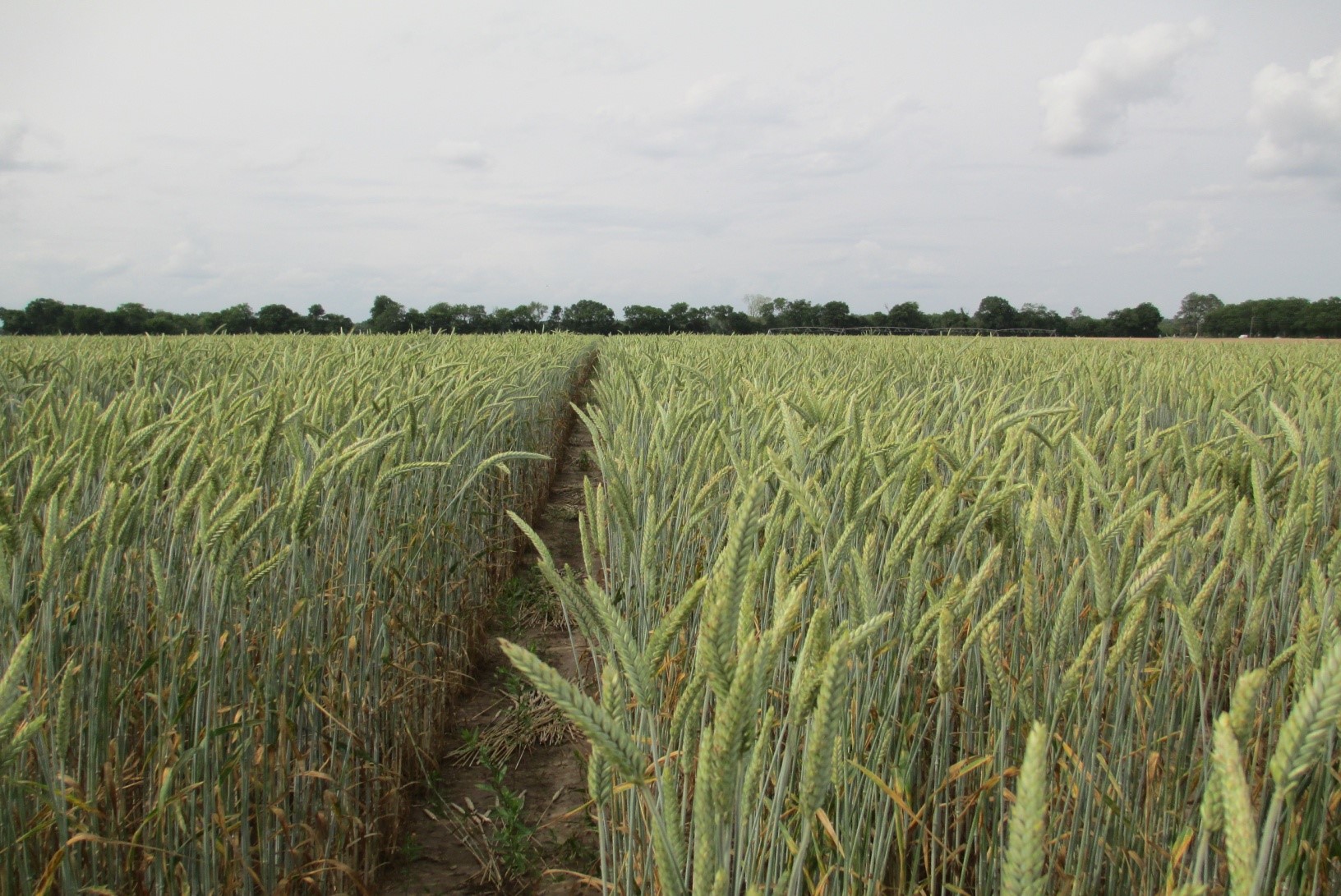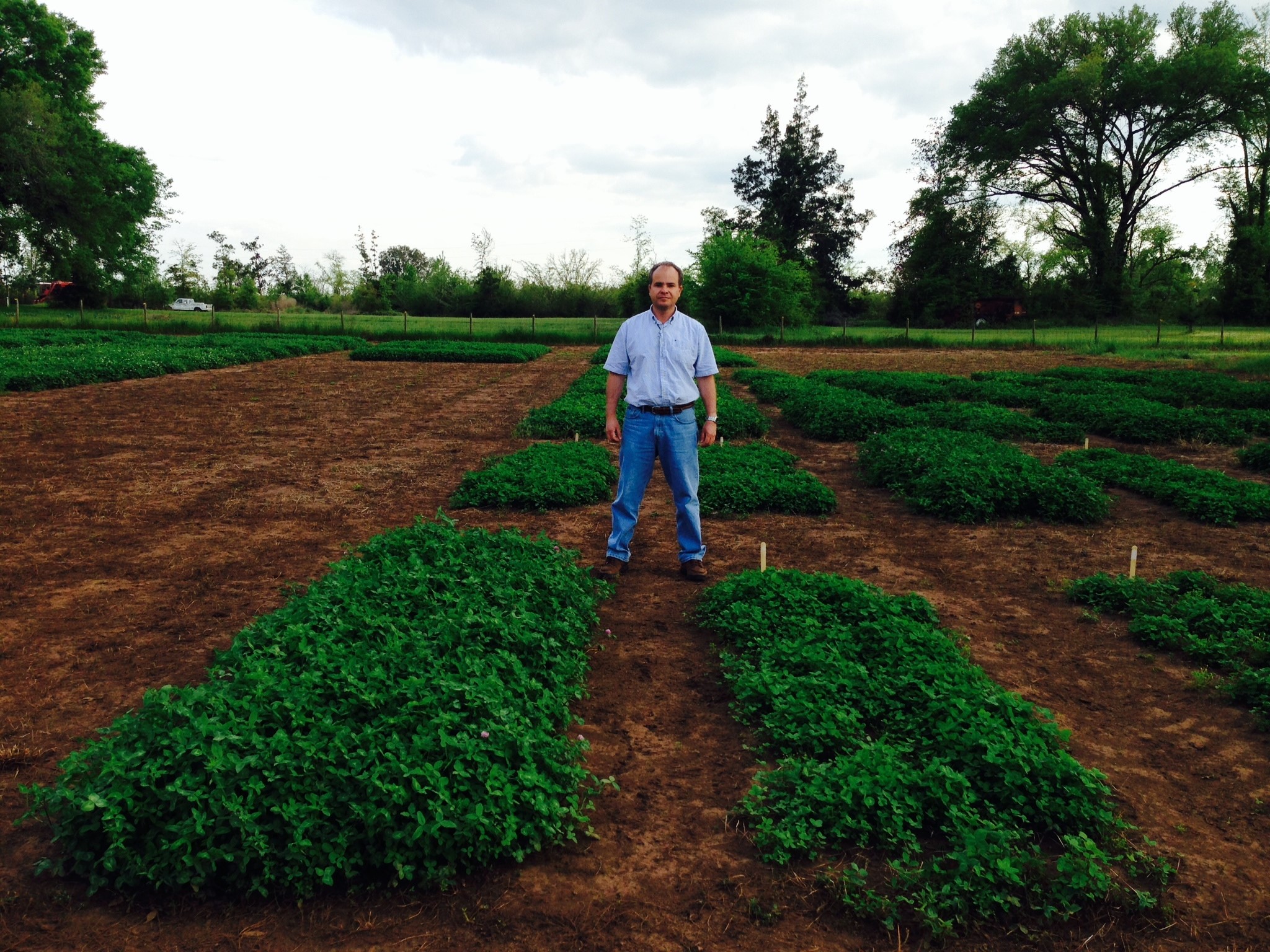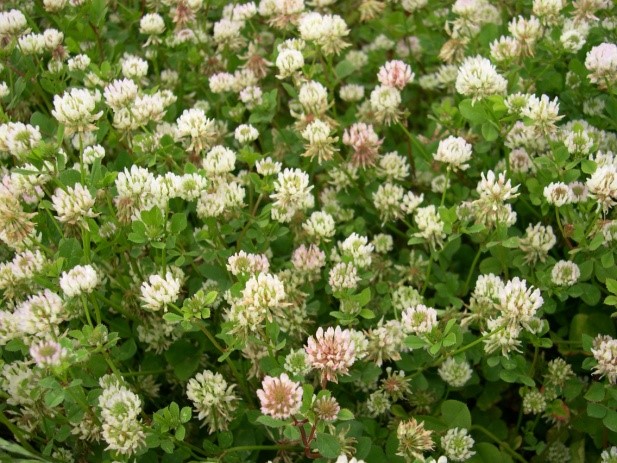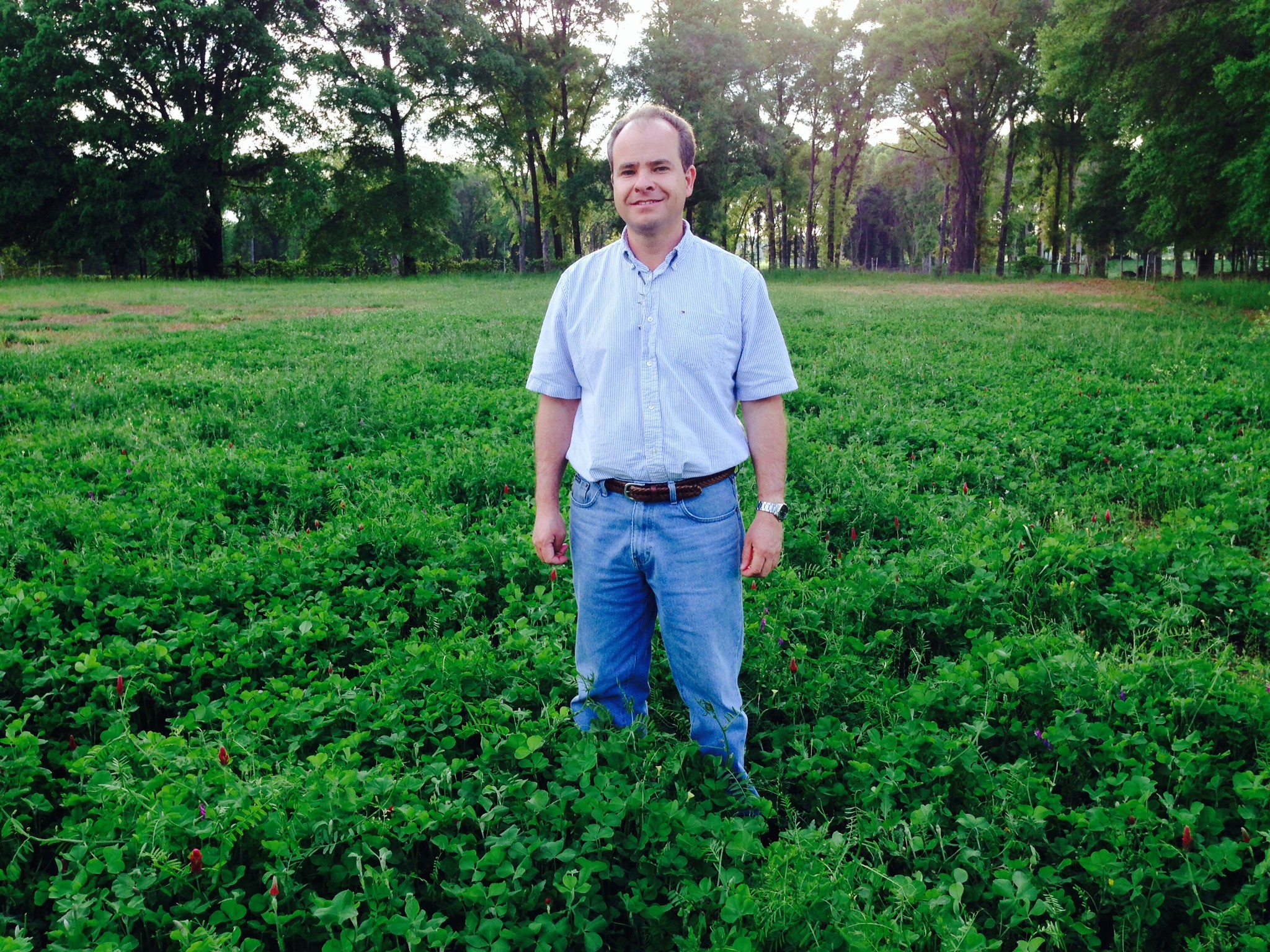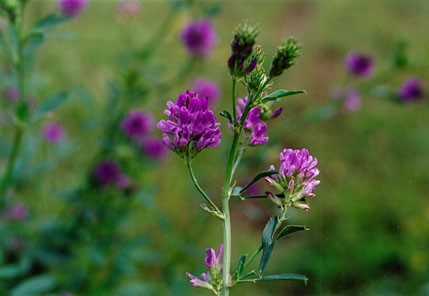It is hot outside and the furthest thing from most cattleman’s minds is what forages to plant this fall. Next week, the University of Georgia, Auburn University, and University of Florida forage workers meet to discuss winter forage trial results from this past year to decide on recommendations for fall forage plantings for our tri-state area. Recommendations for fall forage plantings are updated each August in time for producers to locate seed in advance of planting.
We routinely compare commercially available oat, rye, triticale, wheat, ryegrass, clovers, alfalfa and vetch for their production and their adaptation to our region. Many forage varieties are sold nation-wide, but often these have not been tested under Southeastern growing conditions. Our high humidity and warm winters mean fungal or bacterial diseases are more problematic, especially for a variety developed further north under cooler climates. Forages for Florida need to have resistance to our nematode complexes and insect pests. We generally have soils that are lower in natural fertility, may be acidic, or in some cases, very basic. Florida forages need to be adapted to our light, sandy, and sometimes droughty conditions.
Last season, a number of beef and dairy producers growing oats had an outbreak of a new crown rust species. All of the commercial varieties available on the market were susceptible to this new race. Through plant breeding efforts at the University of Florida, a new cultivar has been released with the much needed resistance, but it will be at least another season before seed of that oat will be available on the market.
A new triticale cultivar (FL 01143 awnless) should soon be on the market that has been developed for silage and seed production. It is awnless and is comparable in forage yields to the current popular Trical 342 and Monarch varieties.
There are some updates on new or novel legume forages for the fall planting season. In the Florida Panhandle, many clovers will grow well in mixtures with small grains or ryegrass, and furnish some nitrogen back to the system. Mostly red, crimson, arrowleaf, and white clovers have been popular to grow. Seed is readily available at many feed and seed suppliers in our area. We recently released Barduro red clover from our program and, this summer. A new 2,4-D tolerant line of clover is currently being developed (not yet on the market). The new 2,4-D tolerant red clover will be advantageous in that you can spray 2,4 D for broadleaf weed control in pastures of cool-season grasses grown in combination with red clover, or if the clover is grown as a monoculture hay crop.
There are a few “old timers” that we have recently renewed interest in because they do grow well and may fit a niche in your forage program. Vetch (many types including common, crown and hairy) is well-adapted to our region, although often seed must be pre-ordered and a specific inoculant is necessary for the plant to adequately nodulate.
Ball clover is a relative of white clover but is an annual clover with profuse flowering and is adapted to a wide range of soil conditions. It may be overseeded on bahiagrass or bermudagrass pastures in the fall season and will produce its tonnage in the early to late spring. Common ball, “Grazer Select” and “Don” are varieties currently on the commercial market.
At the North Florida Research and Education Center, we have started evaluating Balansa clover, a new clover with potential for the Southeast.
There is a renewed interest, at the University of Florida, in developing a southern adapted alfalfa. Both transgenic (Roundup Ready) and non-GMO cultivars are being marketed for our region, but breeding for a Florida adapted alfalfa is already underway.
Should you be able to attend our field days at the North Florida Research and Education Center at Marianna and Quincy, you might get a glimpse of new forages that are being developed for Florida. Remember to plan ahead for the fall season while enjoying the summer days still ahead. Trial data from recent Florida Panhandle trials should be available later this fall. If novel legumes are of interest to you, please contact us (paspalum@ufl.edu or dubeux@ufl.edu)
The moral of this story is that forage variety recommendations are updated annually and the information is available on-line at UF EDIS or through your UF/IFAS extension office, These recommendations should help you with decision making regarding tried and true forages that are adapted to grow locally. Remember that we cannot possibly test every variety that is marketed in the region, but we do test a wide range of varieties through the University of Georgia State-wide testing program and our own UF-regional trials.
Information for fall forage and wildlife forages can be found at UF EDIS where you can search for cool-season forages or wildlife forages, or other forage related topics of interest. Here is a link to one of last year’s publications: 2013 Cool-Season Forage Variety Recommendations for Florida.
- Cool-Season Forages – A Pasture Perspective for 2022 - September 16, 2022
- Ornamental Rhizoma Perennial Peanut for Groundcover or Alternative Turf - March 18, 2022
- 2021 Cool-Season Forage Recommendations for Livestock and Wildlife - September 24, 2021

